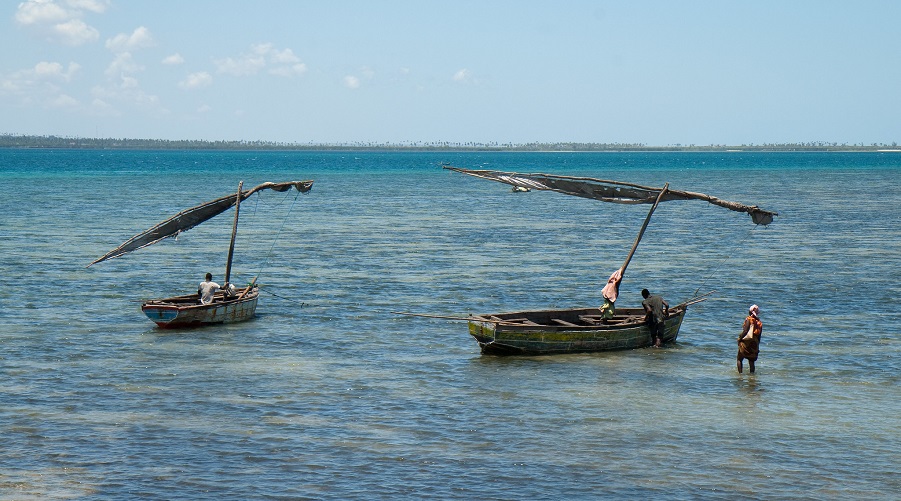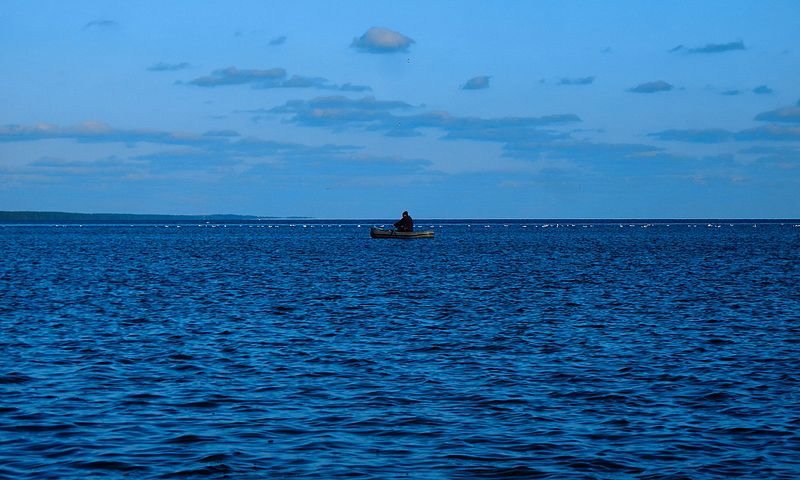
Photo from MaxPixel, CC0.
The Sea Around Us data offered through this website are vast and complex and when large database queries are made, or multi-dimensional charts are rendered, our services may slow down or become unavailable.
Seeking to improve data access, avoid time delays, and provide a better user experience to enhance meaningful analysis and research, we have partnered with UBC Cloud Innovation Center (UBC CIC).








